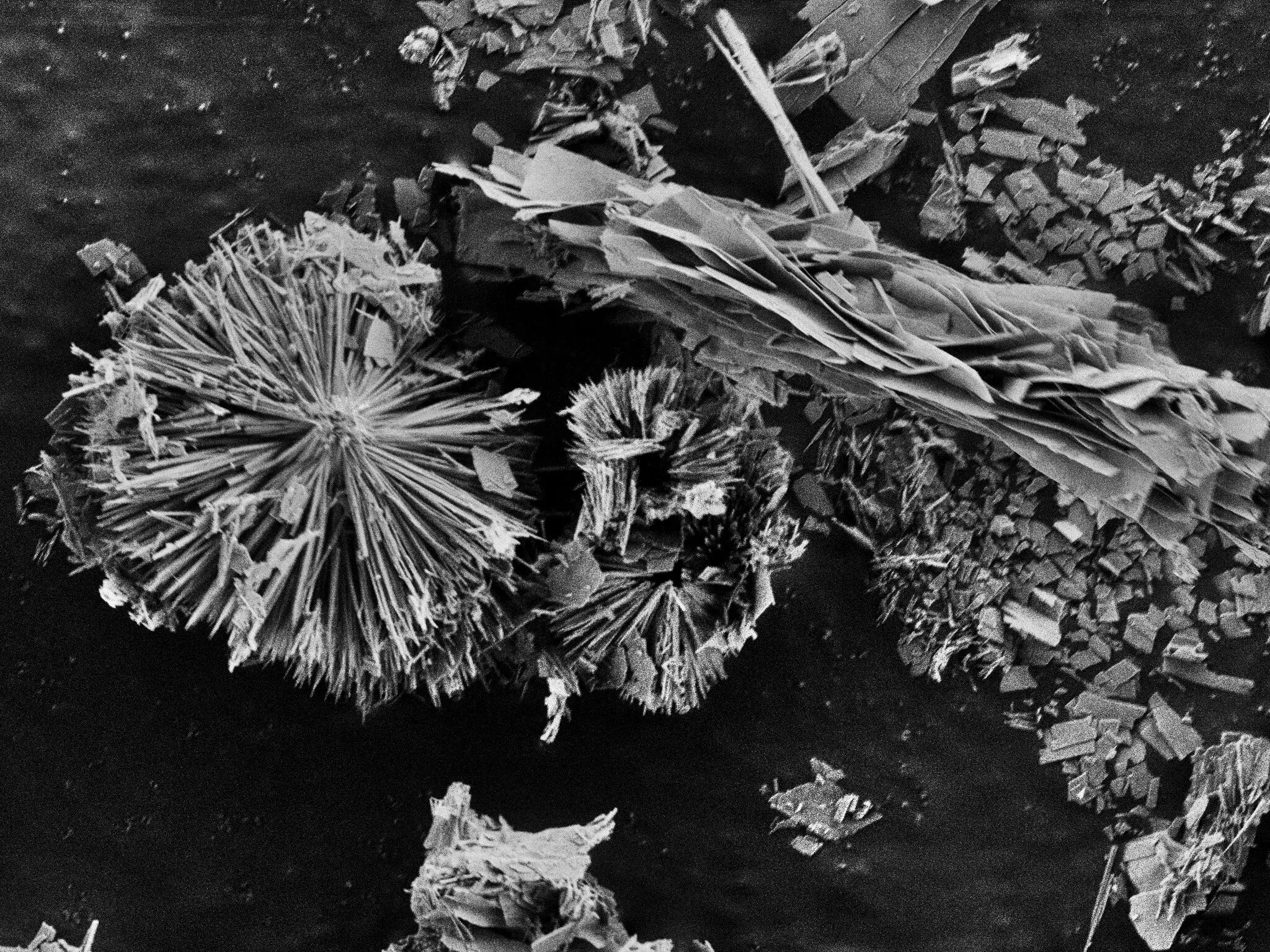The use of MXene materials as catalysts for the oxygen evolution reaction in electrolytic water splitting has recently been demonstrated by an international team of researchers. Led by HZB chemist Michelle Browne, the team has shown that functionalized MXenes are superior to traditional metal oxide catalysts in terms of stability and efficiency. This discovery has significant implications for the future of green hydrogen production.
In the process of electrolytic water splitting to produce hydrogen gas, the oxygen evolution reaction (OER) is crucial. Current catalysts, such as nickel oxides, have limitations in terms of stability and conductivity, hindering the development of cost-effective and high-performance electrolyzers. The search for alternative catalysts has led to the exploration of MXenes, layered materials composed of metals like titanium or vanadium, along with carbon and/or nitrogen.
Enhancing MXene Catalysts
By chemically functionalizing MXenes with copper and cobalt hydroxides, Ph.D. student Bastian Schmiedecke was able to significantly improve the efficiency of the catalysts. Not only were the functionalized MXenes more efficient than pure metal oxide compounds, but they also exhibited enhanced stability and performance in continuous operation. This breakthrough could pave the way for the development of next-generation electrolyzers.
Through in-depth characterization techniques at the BESSY II X-ray source, the research team gained valuable insights into the structure and properties of MXene catalysts. The combination of scanning electron microscopy, X-ray diffraction, X-ray photoelectron spectroscopy, X-ray transmission microscopy, and X-ray absorption near-edge structure analysis revealed the unique features of MXenes that make them promising catalysts for electrolyzers.
Future Directions
The research collaboration with partner teams from Trinity College, Dublin, Ireland, and the University of Chemistry and Technology, Prague, is set to continue. The team plans to explore further chemical modifications of MXene catalysts and test their performance in conventional electrolyzers under continuous operation. This ongoing work aims to unlock the full potential of MXene materials in driving the advancement of green hydrogen technologies.
The findings presented in the Journal of Materials Chemistry A underscore the promising role of MXene catalysts in water splitting applications. With the ability to improve efficiency, stability, and performance, functionalized MXenes represent a significant step forward in the pursuit of sustainable energy solutions. As research in this field progresses, MXenes are poised to play a key role in shaping the future of hydrogen production and storage.



Leave a Reply